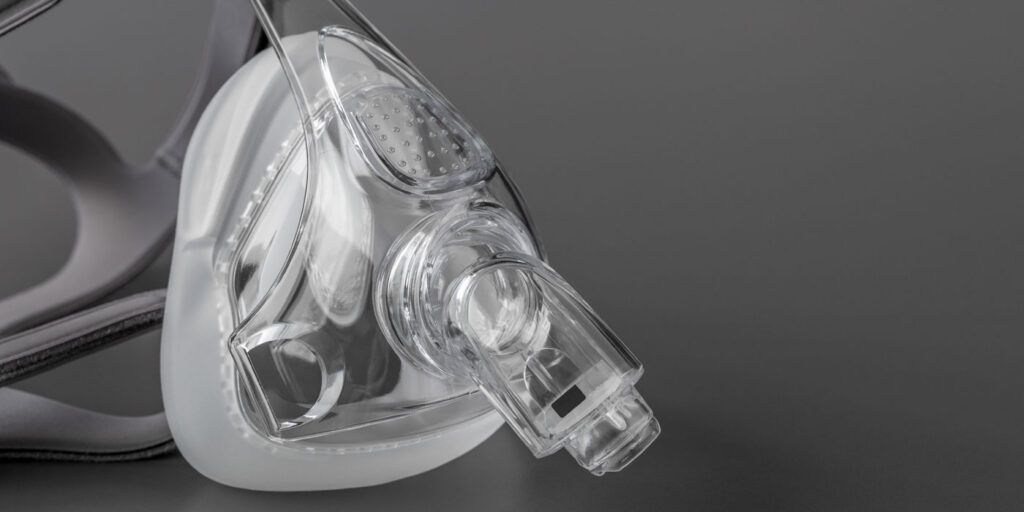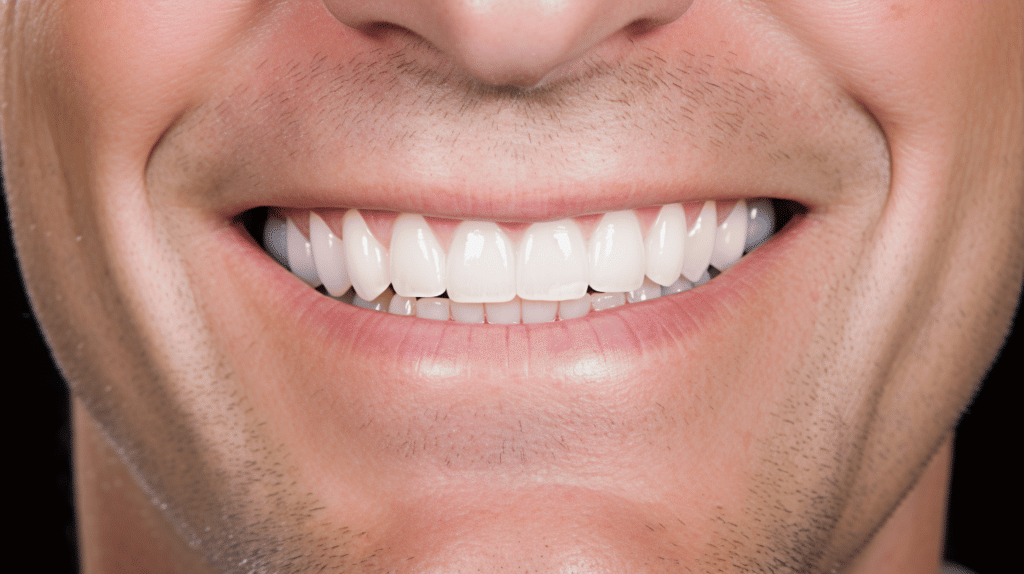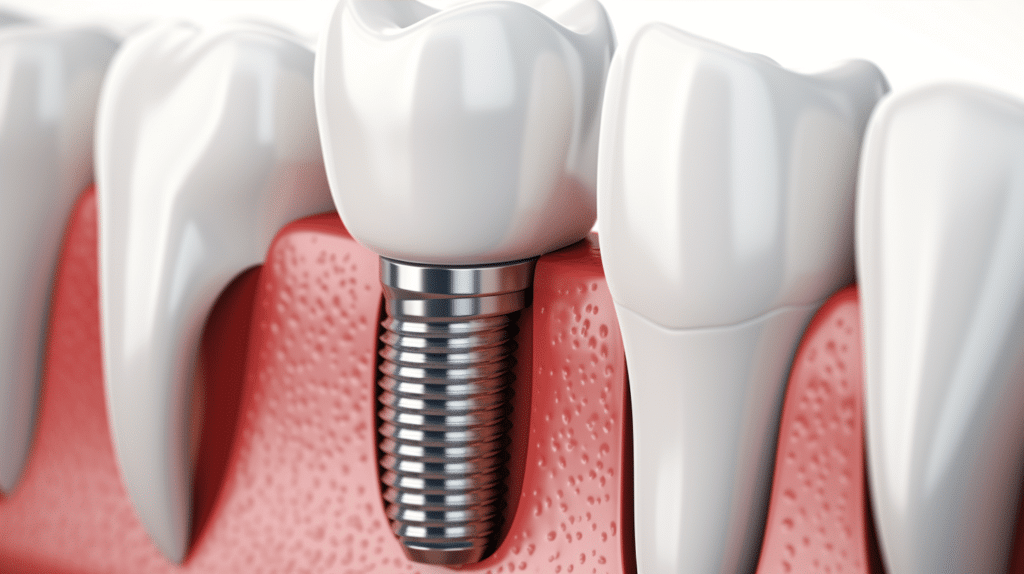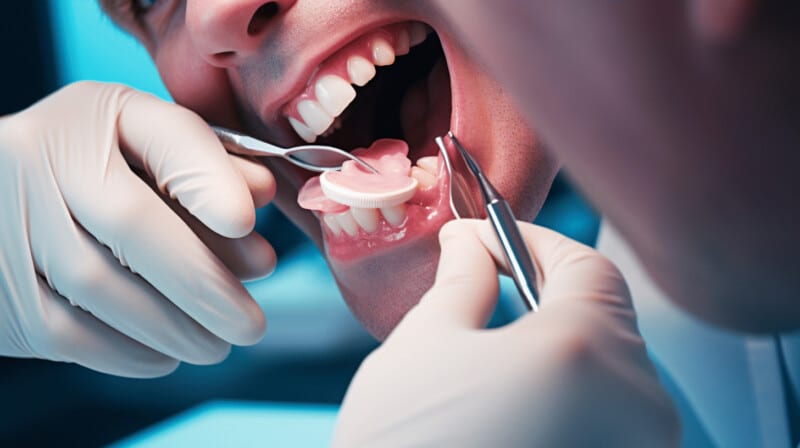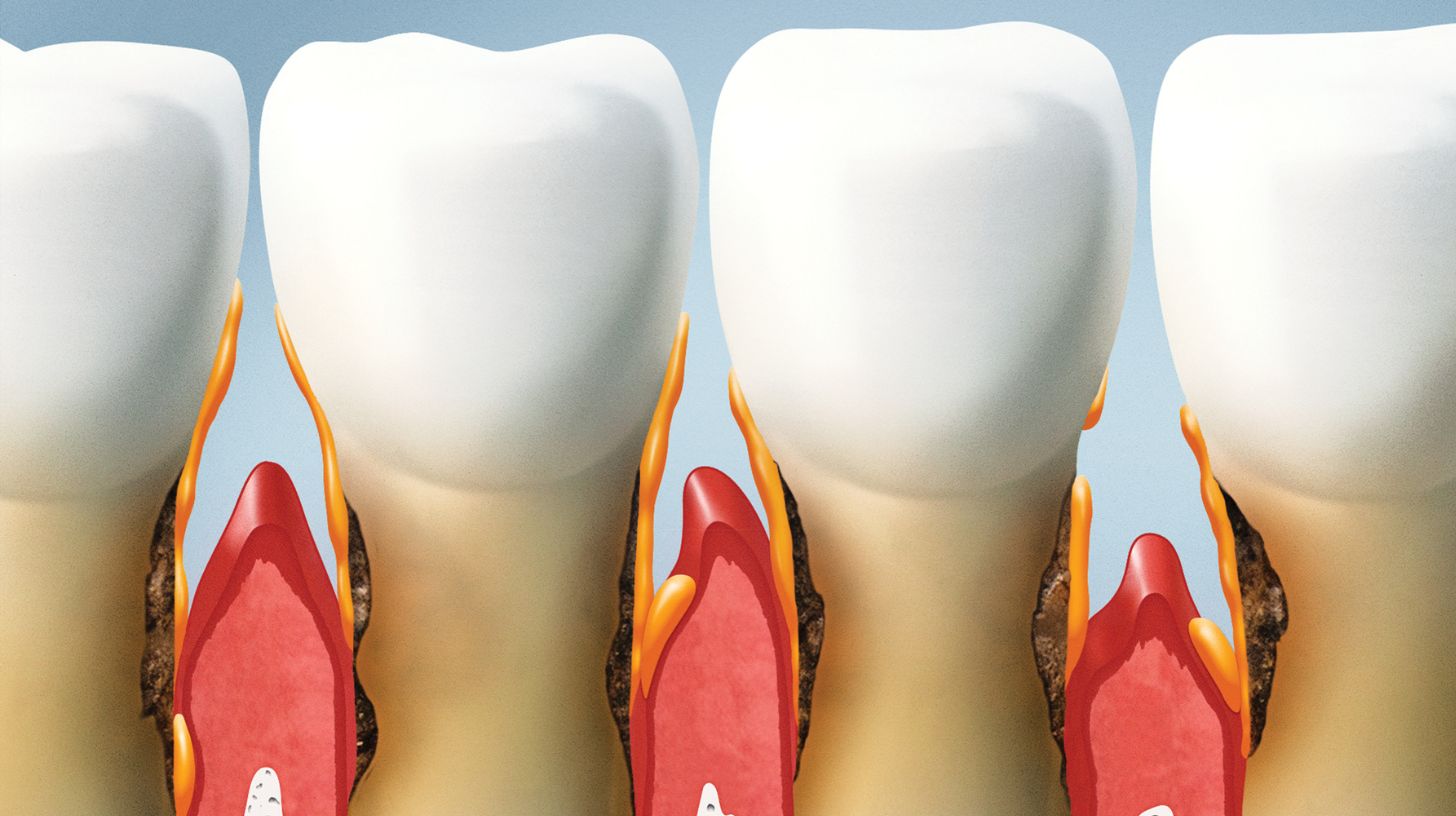Do you often wake up feeling exhausted despite a whole night’s sleep? If so, you may be one of the many individuals silently struggling with sleep apnea. This common yet potentially serious sleep disorder can have a significant impact on your daily life, from your mood and productivity to your overall health. In this blog post, we will delve into the world of sleep apnea, exploring its effects and providing valuable insights on managing and treating it effectively for a better quality of life. Let’s uncover the secrets behind sounder sleep and improved well-being!
Table of Contents
Understanding Sleep Apnea and its Effects on Daily Life
A common sleep disorder characterized by pauses in breathing or shallow breaths during sleep. These interruptions can disrupt sleep patterns, leaving individuals feeling fatigued and irritable during the day. The effects of untreated sleep apnea extend beyond just feeling tired; they can impact various aspects of daily life.
From decreased concentration and memory problems to mood swings and irritability, the cognitive effects can significantly impair one’s quality of life. Additionally, the physical consequences may include high blood pressure, heart disease, and even an increased risk of stroke.
Moreover, relationships with family members or colleagues may suffer due to irritability or lack of focus caused by poor-quality sleep. Recognizing the signs and symptoms early on is crucial for effectively managing this condition and improving overall well-being.
The Different Types of Sleep Apnea
Sleep apnea is not a one-size-fits-all condition. Different types of sleep apnea can affect individuals in varying ways. Obstructive sleep apnea (OSA), central sleep apnea, and complex sleep apnea syndrome are the most common forms.
Obstructive sleep apnea occurs when the throat muscles relax, blocking airways during sleep. Central sleep apnea, on the other hand, involves the brain failing to send proper signals to the muscles that control breathing. Complex sleep apnea syndrome is a combination of both obstructive and central sleep apnea.
Each type presents its challenges and symptoms, making it essential for individuals experiencing any signs of this condition to seek medical evaluation for an accurate diagnosis and appropriate treatment plan tailored to their needs.
Symptoms and Risk Factors
Do you often wake up tired, even after a night’s sleep? Are you constantly battling morning headaches or irritability throughout the day? These could be signs.
Symptoms of this condition can vary from person to person but commonly include loud snoring, gasping for air during sleep, and pauses in breathing. If left untreated, it can lead to more severe health issues like high blood pressure, heart disease, and stroke.
Risk factors for developing sleep apnea include:
- Being overweight or obese.
- Having a thick neck circumference.
- Smoking.
- Having a family history of the condition.
Age and gender also play a role, with men over 40 being at higher risk.
If you recognize any of these symptoms or risk factors in yourself or a loved one, it’s essential to consult with a healthcare professional for proper diagnosis and treatment options.
How Sleep Apnea Can Impact Mental and Physical Health
Sleep apnea can significantly impact mental and physical health. Interruptions in breathing during sleep can lead to poor quality of rest, resulting in daytime fatigue and irritability. Chronic sleep deprivation can also affect cognitive function, memory retention, and overall mood stability.
Moreover, the strain that puts on the cardiovascular system can increase the risk of high blood pressure, heart disease, and stroke. The lowered oxygen levels in the body due to disrupted breathing patterns during sleep can also contribute to weight gain and metabolic issues.
In addition to these physical effects, untreated sleep apnea has been linked to an increased risk of anxiety disorders and depression. The constant cycle of disrupted breathing can trigger stress responses in the body that impact mental well-being over time.
It’s crucial for individuals experiencing symptoms of sleep apnea to seek diagnosis and treatment promptly to mitigate these potential health consequences.
Treatment Options for Sleep Apnea
Depending on the severity, several options are available for treating it. One common method is Continuous Positive Airway Pressure (CPAP) therapy, which involves wearing a mask that delivers pressurized air to keep the airways open during sleep.
Another treatment option is oral appliance therapy, where a custom-fit mouthguard-like device is worn at night to help position the jaw and tongue to maintain an open upper airway. For some cases of sleep apnea, surgery may be recommended to remove excess tissue in the throat or reposition the jaw.
In addition to these treatments, lifestyle changes such as losing weight, avoiding alcohol and sedatives before bed, and sleeping on your side instead of your back can also help improve it’s symptoms. It is essential to work with a healthcare provider to determine the best treatment plan for your specific needs.
Lifestyle Changes
Making lifestyle changes can significantly improve sleep. One critical adjustment is maintaining a healthy weight, as excess fat around the neck can contribute to airway obstruction during sleep. Regular exercise not only aids in weight management but also strengthens throat muscles, reducing the likelihood of blocked airways.
Avoiding alcohol and sedatives before bedtime is crucial, as they relax the throat muscles and worsen breathing patterns. Opting for a side-sleeping position rather than lying flat on your back can help keep airways open throughout the night. A consistent sleep schedule and a relaxing bedtime routine can promote better rest.
Additionally, quitting smoking is vital for overall health and may alleviate symptoms. By incorporating these lifestyle changes into your daily routine, you can take proactive steps toward managing your condition effectively.
Sleep Tech Devices Market Size 2023 to 2033
The Sleep Tech Devices Market Size 2023 to 2033 is projected to experience significant growth as technological advancements continue to revolutionize how we understand and improve our sleep. With an increasing focus on the importance of quality rest for overall health and wellness, consumers are turning to innovative sleep tech devices to track their sleeping patterns, monitor their vitals, and optimize their bedtime routines.
From innovative mattresses that adjust firmness based on individual preferences to wearable sleep trackers that provide real-time feedback on sleep cycles, the market is teeming with cutting-edge solutions designed to help people achieve better slumber.
As awareness of the link between quality sleep and cognitive function, emotional well-being, and physical health grows, so does the demand for sophisticated sleep tech devices that empower individuals to take control of their nightly rest. The Sleep Tech Devices Market Size 2023 to 2033 is poised for unprecedented expansion as manufacturers race to develop new products that cater to this burgeoning market segment.
Managing it for a Better Quality of Life
Remember, managing it is crucial for a better quality of life. By understanding the effects of this condition on your daily life, recognizing its symptoms and risk factors, exploring treatment options, making lifestyle changes, and seeking professional help, you can take control of your health and well-being. Prioritizing good sleep hygiene and staying consistent with your treatment plan can significantly improve your overall quality of life. Don’t let sleep apnea hold you back any longer – take charge today for a brighter tomorrow!


